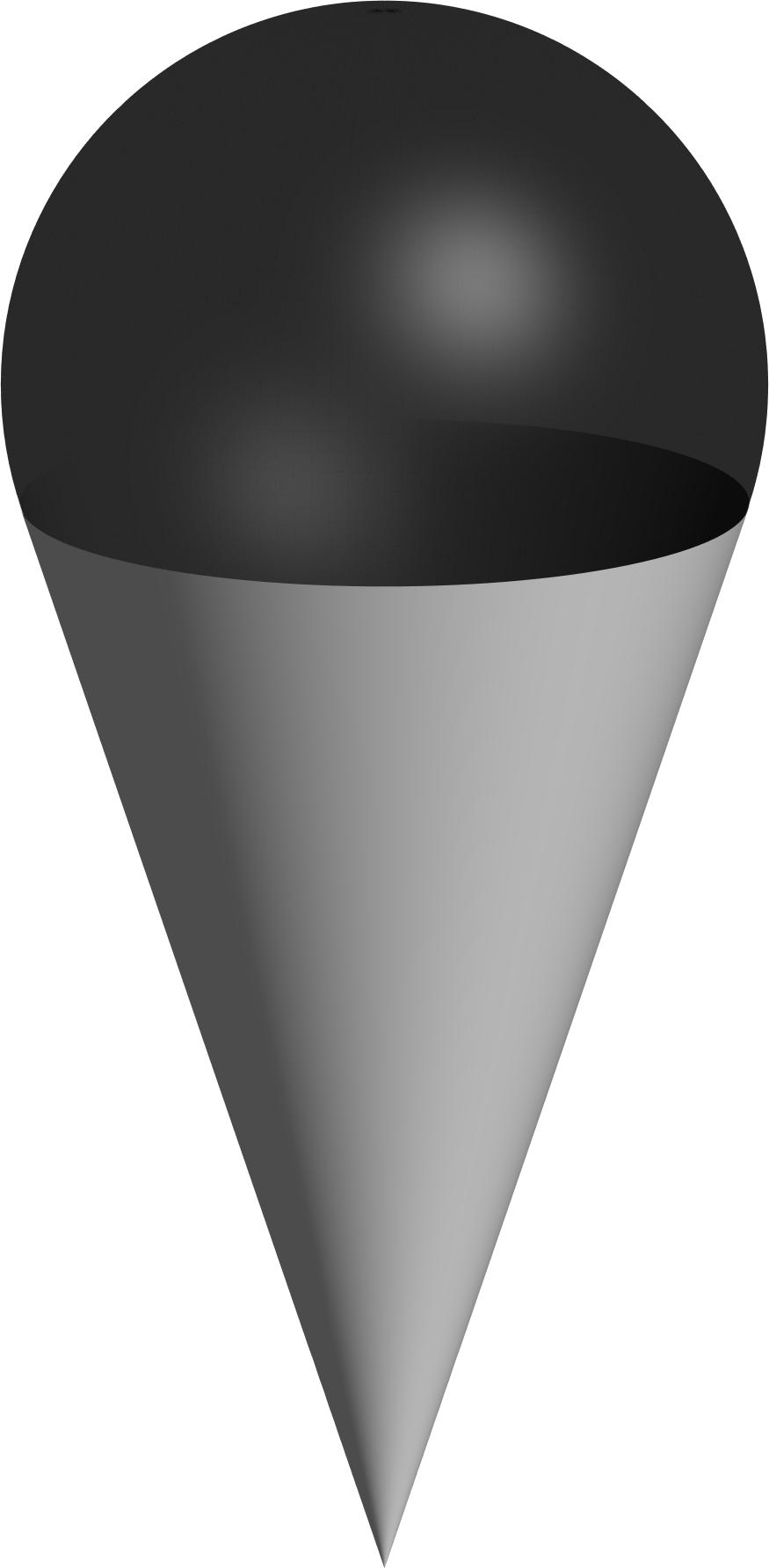Answer:
, ,
Dividing the equation by the (positive) number yields
If all three unknowns are larger than one and at least one of them is larger than two, then the right-hand side is at most
|
so there is no solution under these assumptions. One can easily verify that does not yield a solution either. Therefore at least one of , , is equal to .
If , then the original equation reads
which, after multiplying by and rearranging, can be factorised to
Since both factors have to be positive divisors of prime number , which gives remainder when divided by , we have only one solution, namely and .
If , we obtain
and a similar step yields
leading to and using the same divisibility argument as before.
Finally, the option produces the equation
with solutions , and , , the former being already found in the previous step.
Summing up, there are exactly three solutions: , and .







































